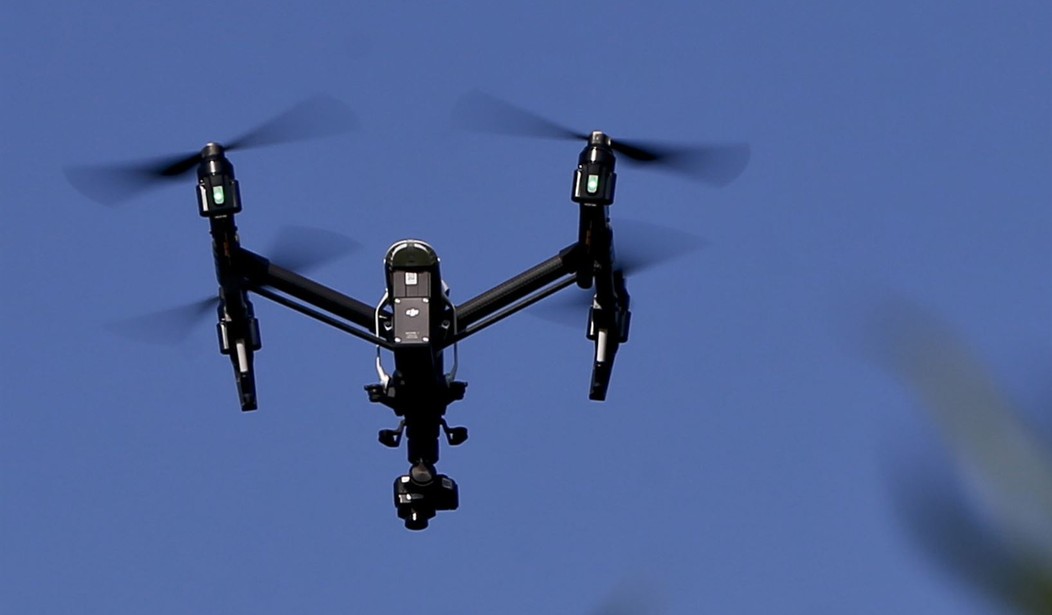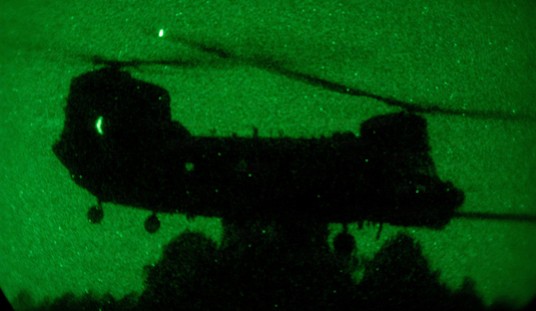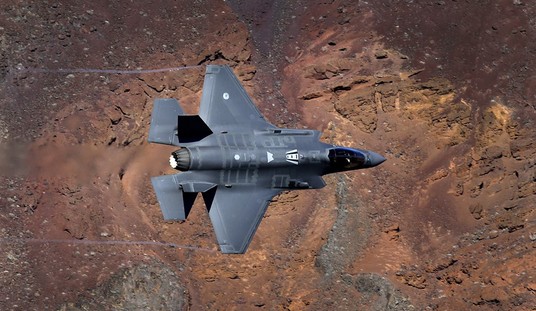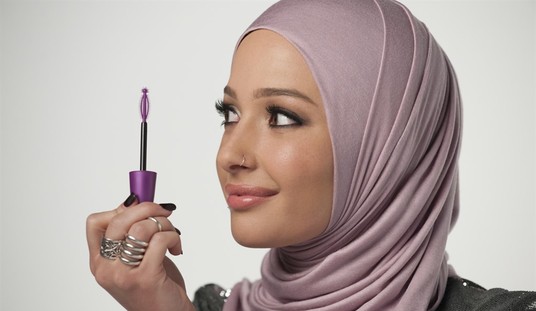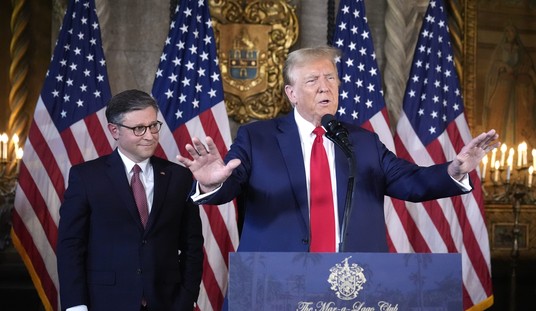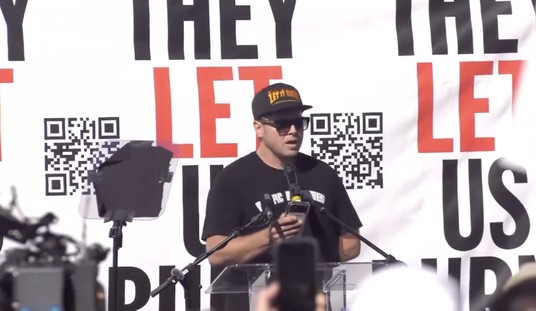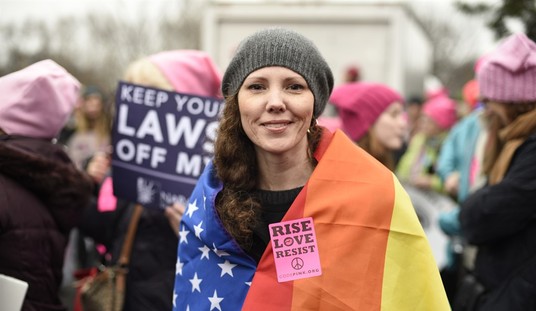If you’re a lover of liberty, this story might just terrify you. The proliferation of flying drones in law enforcement agencies has already raised eyebrows. But now, it appears a new model of drone might just take concerns about surveillance and privacy even further.
According to recent reports, there is a new surveillance drone that is set to be used by various police departments across the country to aid them in their law enforcement activities. But some have expressed concerns that they could also be used to violate Constitutional rights.
An ACLU report notes that almost 1,500 police departments operate unmanned aircraft. But this number could climb even further with the advent of the X10, a drone that seems to surpass its predecessors when it comes to surveillance.
The new drone is capable of flying at speeds of 45 miles per hour and is small enough to fit into the trunk of a police car. It has infrared sensors that can be used to track people and fly autonomously in the dark. Four payload bays on the X10 can carry accessories like a speaker, spotlight, or a parachute for emergency landings. A 65X zoom camera can read a license plate from 800 feet away and follow a vehicle from a distance of 3 miles.
“I think mitigating or eliminating high-speed chases will be one of the major applications that we'll see with customers, largely based on that zoom camera,” Bry says.
New capabilities like those could encourage wider use of drones in law enforcement at a time when policy concerning their use is still developing. Tests by emergency responders and the US Federal Aviation Administration to extend drone flights beyond the operator’s line of sight and respond to 911 calls started in 2017. Civil liberties advocates say there is a lack of rules to limit drone use in sensitive contexts like protests or in concert with other forms of surveillance technology.
The increased usage of drones in law enforcement is an evolving field, especially from a policy and legal perspective. The ACLU noted in its report that only about a dozen police departments use drones for 911 calls on a routine basis. There is a distinct lack of rules governing their use in sensitive scenarios like protests or in conjunction with other surveillance technologies. Recently, the New York Police Department turned more than a few heads when it announced that it would be using drones to monitor people’s activities over the Labor Day weekend.
Indeed, the NYPD has been at the forefront of drone use in law enforcement. New York City Mayor Eric Adams is a huge fan of the idea, especially when it concerns high-speed car chases and other situations.
Nevertheless, the use of the tool has its share of critics.
Meanwhile, civil rights advocates continue to warn that there is very little in the way of such oversight for the usage of drones among the public during events such as political demonstrations, protests, as well as even simply large gatherings and music festivals.
“Any adoption of drones, regardless of the time of day or visibility conditions when deployed, should include robust policies, consideration of community privacy rights, auditable paper trails recording the reasons for deployment and the information captured, and transparency around the other equipment being deployed as part of the drone,” Beryl Lipton, an investigative researcher for the Electronic Frontier Foundation, tells PopSci.
“The addition of night vision capabilities to drones can enable multiple kinds of 24-hour police surveillance,” Lipton adds.
Curtis Sliwa, founder of the New York neighborhood watch group Guardian Angels, accused the NYPD of employing drones to intimidate crowds during recent anti-immigration protests. These incidents further underscore the potential for abuse.
If law enforcement is deploying drones at protests and other similar events, it could pose a serious threat to civil rights. It could be problematic from a privacy perspective – especially since they are virtually undetectable from hundreds of feet above. The government could easily use this technology to abuse its citizens.
Also, while Skydio claims it does not favor weaponizing drones, its partnership with Axon could still raise further concerns.
As part of the rollout of the X10, Skydio announced a partnership with Axon, which makes Tasers and other police technology. Video from Skydio drones will be more closely integrated into the software Axon sells police departments for incident response and managing evidence.
Bry says Skydio is not working with Axon on weaponizing drones and that Skydio doesn’t support weaponizing drones or robots, but he added that it’s difficult to stop people from making hacks or custom modifications. Last year, Axon suggested using autonomous Taser-mounted drones to stop mass shootings, and the majority of the company’s AI Ethics board resigned in protest.
This development reminds me of the Patriot Act. The usage of these drones might sound good on the surface—if one actually trusts their government. After all, who wouldn’t want it to be easier for law enforcement to apprehend dangerous criminals? Who wouldn’t want the government to be able to kill more terrorists?
But the reality is that giving the government more power almost always results in more abuse and tyranny. If we get to a point where local governments can use weaponized surveillance drones, there can be no doubt that they will be used for nefarious purposes.

